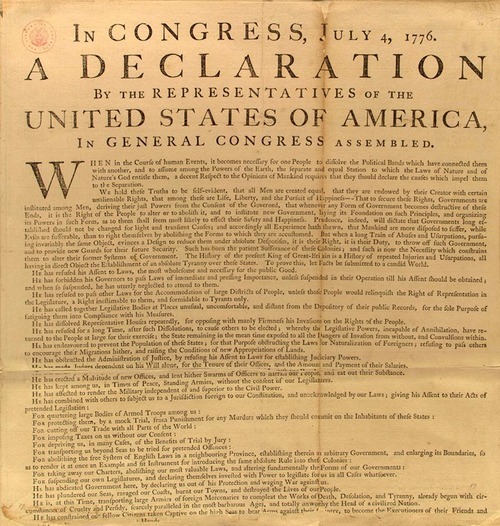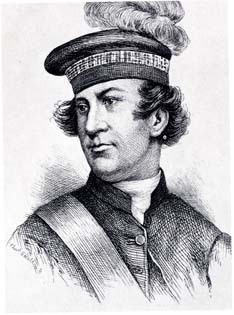We can’t stand ‘em, but history teachers have live and die with them. At some point, you have to have context for your discussions and content for the exams, even if you rely more on documents or activities in class. Not one is ever compelling enough for students to want to read them on their own, and for years my way of dealing with them was to teach students how to extract information and main ideas quickly, so as not to get bogged down in the minutiae.
In the wake of the absurd events in Texas, conversations around the concept of bias in textbooks and conscious choice—what gets put in, what gets left out—are becoming more attractive to me. We all know about the manipulation and horse-trading that goes on in the textbook industry, given James Loewen’s Lies My Teacher Told Me, but again, those of us in a content-driven course have less and less time to devote to deconstructing the textbook, at least in a deep, systematic way.
Keeping in mind the goal of making my IB class student-centered and inquiry-based to the extent I am able, I have come up with one solution that seems to be working for me, again centering on the American Revolution.
I have taken short selections from three separate textbooks, all discussing the creation of the Declaration of Independence and Common Sense, and constructed a short IB-document analysis-style activity around them:
Compare and contrast these three texts’ explanations/theses for the colonies’ decision for independence from Britain.

The lovely thing here is that by doing some purposeful reading, you get several potential theses out of this exercise—
1. Independence as an emotional response to British cruelties and to war casualties
2. A pragmatic strategy to get foreign assistance and colonial unity around the war effort
3. A reluctant fait accompli given the increasingly drastic chain of events between 1774-1776
4. The seizure of power by radicals who had always been lurking in the shadows and pressing for independence
5. A last-ditch effort by colonial elites to control the common people, who were ready for republicanism (note the small “r”) and perhaps independence long before anyone else
6. And two of the books mention Lord Dunmore’s offer of freedom to the slaves who rebelled against their masters, which allows me to mention in passing at least one theory that Southern plantation owners declared independence in part out of fear of losing their slaves (hence the inclusion of incitement in the Declaration of Independence)

the famous Lord Dunmore...
I have adopted this format more systematically, always trying to give at least two different textbook accounts, whenever possible. Why I like this is not only because it allows my students to develop their own theses, or combination thereof, to account for independence, it gives them an opportunity to step backward and revisit the events they have already read about to support their arguments, and to see old details in a new light.
Finally, this approach serves my end-of-unit essay and project perfectly, which I will explain in a further post,
whether you like it or not.

No comments:
Post a Comment